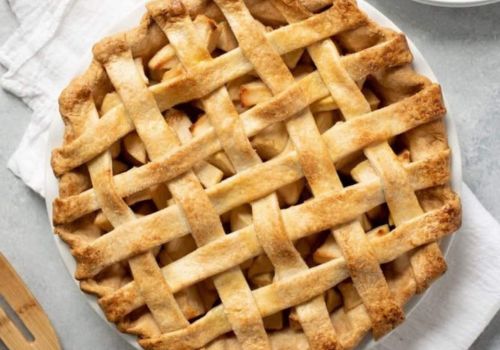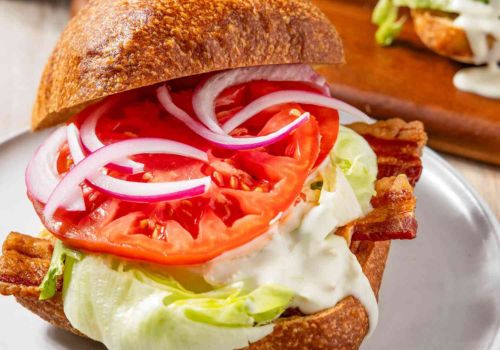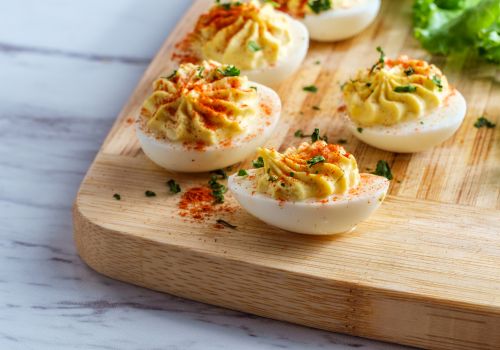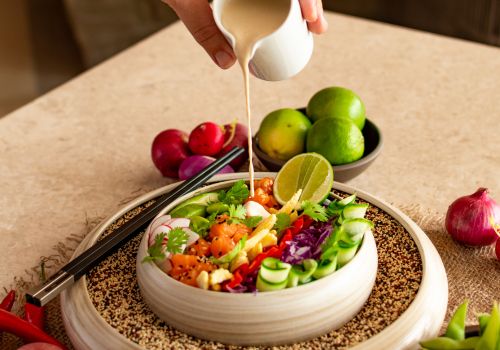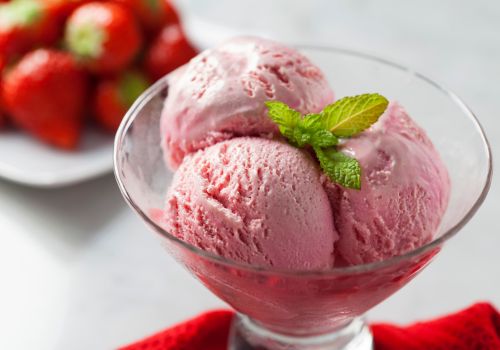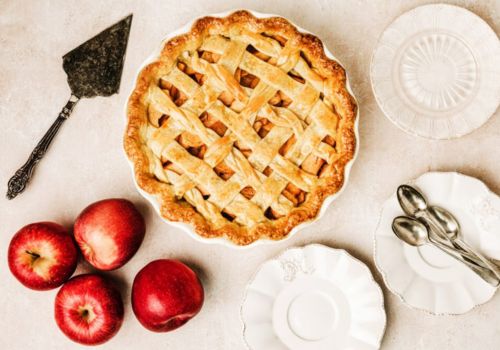
The Lattice Pie Crust Method with new Style
Use this useful information and simple video tutorial to make a beautiful lattice pie crust. Pie dough latticing is considerably simpler as it seems!
My favorite dessert is pie. Not only do they taste AMAZING, but they’re also incredibly fulfilling to prepare. Making pies from scratch requires meticulous attention to detail, and the product is much more delicious because you can see how much love and work went into it.
I decided to put all of my advice and information on one website because I get a lot of questions regarding latticing pie dough. I hope that after reading and watching, you feel more *PIE
CONFIDENT*!
Pie crust design is an art form. My favorite pie crust arrangement is the traditional lattice weaving, though there are many more. The elegant yet straightforward lattice pattern will always be in vogue. Despite being a popular method of pie dough styling, latticing pie crust may be somewhat daunting. To give you confidence when creating your next pie artwork, I’m providing a comprehensive guide along with a useful video today.
It’s not as difficult as it seems!
Lattice pie crust: what is it?
Pie dough is woven to create a lattice pie crust. Dough strips are stacked over and under the pie filling to look at a basket weave. In addition to being a lovely way to adorn a pie, latticing lets steam out through the holes in the strips. The fruit pie filling could explode in your oven if you don’t have these vents. It’s not attractive!
What You Need Is Here:
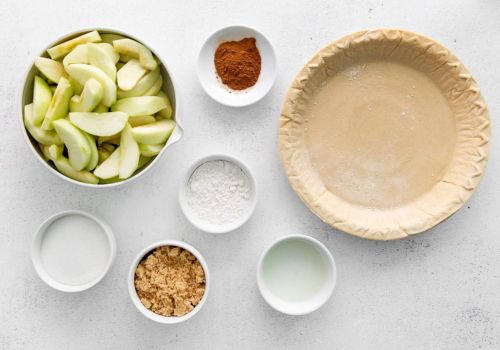
I have a whole list of the best pie-baking tools, but these are the precise ones you’ll need for this lattice design:
Start with high-quality pie dough.
Unless you start with high-quality pie dough, the lattice will not work. Don’t undermine your efforts right away. I suggest using my all-butter pie crust or my favorite pie crust, which includes both butter and shortening for stability and flavor. Both are great options for your lattice pie crust since they are extremely light and flaky when baked.
In these pictures, I used my pie crust made with butter and shortening.
Solving Pie Crust Issues
Pie crust is tough: Overworking the dough and not using enough fat in the crust both cause tough crusts.
Lack of pie dough: Roll out the dough to a 12-inch circle, about 1/8 inch thick, to make sure you have enough for overhang and a lovely topping.
When rolling, the pie dough is dry and splitting along the edges: When making the pie dough, use enough ice water. Dip your fingers in ice-cold water to re-melt the edges of your pie crust if you discover they are cracking while you are rolling it out. After a minute, try rolling out once more.
Try adding more flour and water if the pie dough is breaking and coming apart as you roll it. Using your fingers, gently work the flour and a small amount of cold water into the crushed pieces and fissures. After a minute, try rolling out once more.
The Lattice Pie Crust Method
- Form pie dough into a circle that is 12 inches in diameter.
Slice the dough into thin strips. I suggest using 12-1 inch strips to make things straightforward.
Place six pieces on top of the filled pie, evenly spaced vertically. Use the shorter strips on the ends and the longer strips in the middle of the pie.
All three of the other strips should be folded all the way back until they nearly fall off the pie. On top, place one of the six unused strips perpendicularly. Lay the three vertical strips across the perpendicular strip by unfolding them back. There are five strips left.
- Refold the remaining three vertical strips. On top, place one of the five unused strips perpendicularly. Lay the three vertical strips across the perpendicular strip by unfolding them back. The lovely woven pattern is already starting to emerge!
Continue weaving the final four strips under and over each other.
- Using the bottom pie crust, pinch the extra dough that hangs over the pie’s edges and fold it back. Before brushing with egg wash (egg + milk) and dusting with a little coarse sugar, crimp or flute the pie crust (I fluted the crust in these pictures). This gives it a beautiful crunch and glitter!
Before baking, place the unbaked pie in the refrigerator for half an hour. Although this step is sometimes disregarded, cold dough will always maintain its lattice shape.
My Trick of the “Thick Edge”
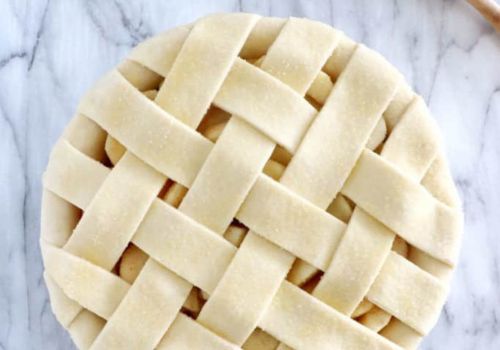
There will be extra pie dough all around the pie after you finish making the lattice. Trim as much of the excess dough as you like, but don’t trim too much or at all if you want enough dough for a lovely edge to crimp or flute. Rather, use the bottom pie crust to crimp the strips together after folding them back into the pie. I know it might not make much sense, but the above video tutorial demonstrates how I do it.
Additionally, you can observe how I use my thumb and index finger on one hand and my index finger knuckle on the other to flute the edges. The top and bottom crusts are sealed together with a beautiful scallop design by fluting pie dough.
See my comprehensive guide on how to crimp and flute pie dough for more information on this step.
Last Success Advice
When rolling out, keep the dough cool because a warm pie crust is not workable. Stop what you’re doing, take up the dough as gently as you can, place it on a plate or small baking sheet, and then cover and chill it for 10 to 20 minutes if it gets too warm while you’re rolling it out.
Don’t Overthink: Even if your lattice is uneven or crooked, your pie will still look great and taste fantastic. It takes practice to lattice. You get better the more you do it!
